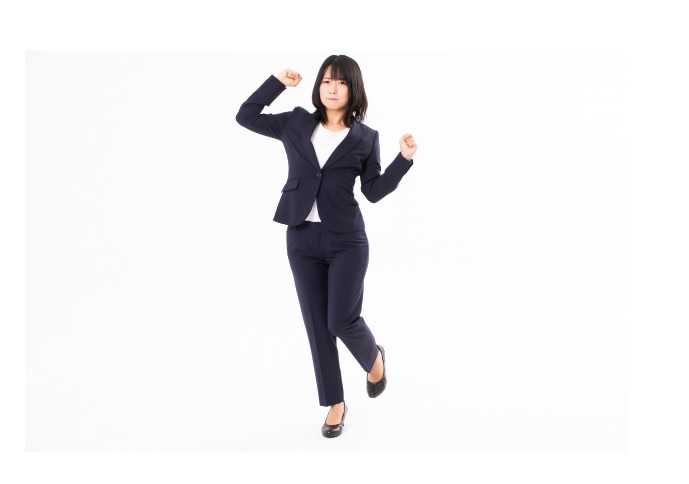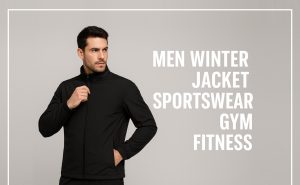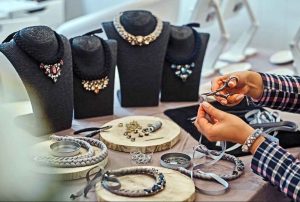Formal Dress Women – Dress To Succeed

Introduction
In today’s competitive world, the importance of making a positive first impression cannot be overstated. One way to create a lasting impact is through your appearance, and for women, formal dressing plays a crucial role in projecting professionalism, confidence, and success. Whether it’s a job interview, a business meeting, or a formal event, dressing appropriately can significantly influence how you are perceived by others. This article explores the significance of formal dress for women and provides valuable tips on how to dress to succeed in various professional settings.
The Power of Dressing for Success
When it comes to professional success, dressing appropriately can work wonders. The way you present yourself speaks volumes about your attitude, attention to detail, and commitment to professionalism. Wearing a formal dress can elevate your image and help you establish credibility in the eyes of employers, colleagues, and clients. Research has shown that individuals who choose formal office wear are often perceived as more competent, authoritative, and trustworthy. Therefore, it’s crucial to understand the nuances of formal dressing to harness this power effectively.
Choosing the Right Formal Dress
Selecting the right formal dress is the first step towards achieving a successful appearance. Here are some key factors to consider:
Fit: A well-fitted dress enhances your silhouette and portrays a polished and put-together look. Avoid dresses that are too tight or too loose, as they can create an unprofessional image. Opt for tailored dresses that accentuate your body shape without being overly revealing.
Length: For formal settings, it’s advisable to choose dresses that fall at or below the knee. This length is both sophisticated and professional. Avoid mini-skirts or excessively long dresses that may hinder mobility or distract from your overall image.
Color: Opt for classic colors such as black, navy blue, or gray for formal dresses. These colors exude elegance and are universally accepted in professional environments. However, depending on the occasion and company culture, you can incorporate subtle pops of color or patterns to add personality to your outfit.
Fabric: The choice of fabric can significantly impact the overall appearance and comfort of a formal dress. Look for high-quality fabrics such as wool, silk, or blended materials that drape well and maintain their shape. Avoid fabrics that easily wrinkle or appear cheap, as they can detract from the professional image you aim to project.
Formal Dressing Etiquette for Different Settings
The definition of formal dress may vary across different professional settings. Let’s explore how to dress to succeed in some common scenarios:

Job Interviews: Dressing appropriately for a job interview demonstrates your seriousness and respect for the opportunity. Opt for a tailored suit or a dress with a blazer in a neutral color. Pair it with closed-toe shoes and minimal accessories. Remember to keep your makeup and jewelry understated.
Business Meetings: When attending a business meeting, consider the industry and company culture. In conservative fields, a formal suit or a tailored dress with a blazer is a safe choice. In more creative or casual industries, you can opt for a dress or separates that are still polished and professional. Always ensure your attire aligns with the level of formality expected in the specific context.
Corporate Events: Formal corporate events, such as galas or award ceremonies, usually call for more glamorous attire. A floor-length gown or a sophisticated cocktail dress is appropriate in these settings. Pay attention to the dress code mentioned in the invitation and ensure your outfit reflects the occasion’s formality.
Presentations and Conferences: When giving a presentation or attending a professional conference, dressing professionally not only boosts your confidence but also establishes your expertise. Choose a tailored dress or suit that allows for ease of movement and pairs it with comfortable yet polished shoes. Avoid excessive accessories that may distract your audience.
Not only these, you also need to pair your formal dress even when pregnant. Being pregnant doesnot make you stop working. You can choose to wear a formal dress to hide belly bulge while attending meetings as well as conferences.
Accessorizing for Success:
Accessories are a crucial element when completing your formal attire. Here are some guidelines to keep in mind:
a) Shoes: Opt for closed-toe shoes in a neutral color, such as black or nude, for a formal look. Avoid wearing overly high heels that may compromise your comfort or stability. Ensure your shoes are clean and well-maintained to maintain a polished appearance.
b) Jewelry: When it comes to jewelry, less is often more in formal settings. Choose a few key pieces that complement your outfit without overpowering it. For example, a simple necklace, a pair of elegant earrings, and a classic watch can enhance your overall look.
c) Handbag: Carry a structured handbag or a briefcase that complements your attire. Choose a size that allows you to carry essentials such as a notepad, pen, and business cards without appearing bulky or disorganized. Stick to neutral colors or classic patterns for versatility.
d) Hair and Makeup: Keep your hair and makeup professional and polished. Avoid overly elaborate hairstyles or excessive makeup. Opt for a neat and well-groomed appearance that allows your skills and expertise to take center stage.
Conclusion
Formal dressing for women is a powerful tool that can significantly impact their professional success. By carefully selecting appropriate attire, paying attention to fit, color, and fabric, and following the dressing etiquette for various settings, women can project an image of confidence, competence, and professionalism.
Remember, dressing to succeed is not about conforming to rigid norms but rather about presenting yourself in a way that aligns with your goals, the company culture, and the expectations of the occasion. So, embrace the power of formal dress and use it to your advantage as you strive for success in your professional journey.






